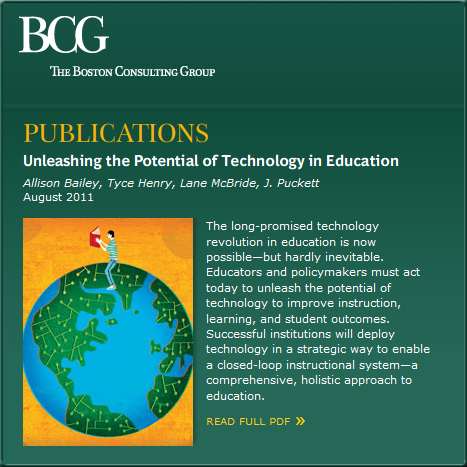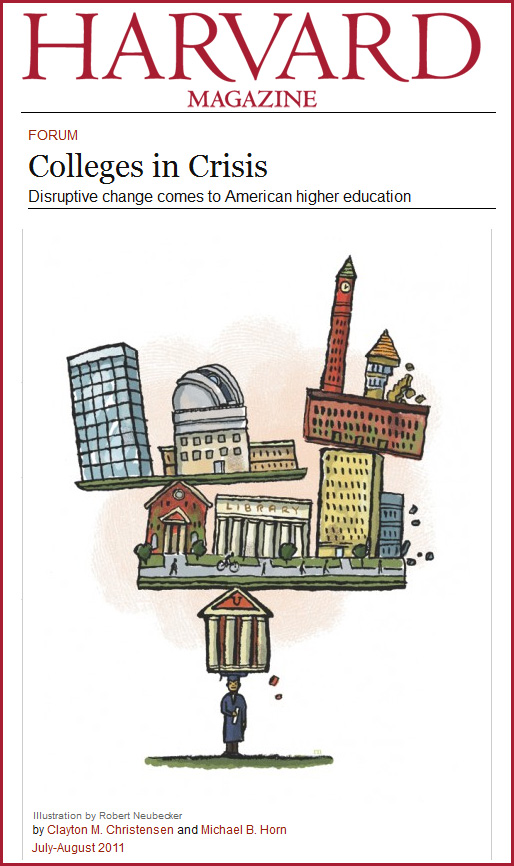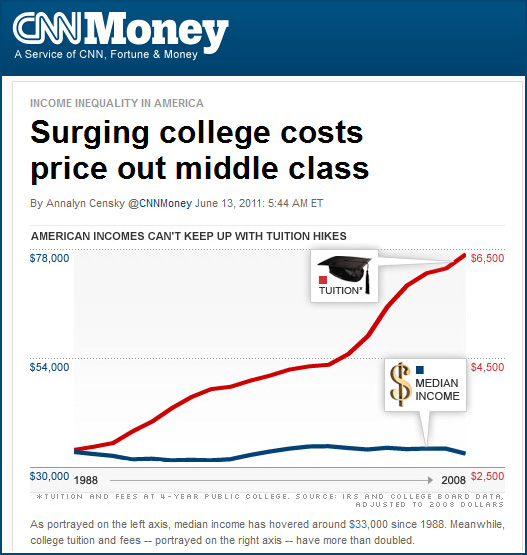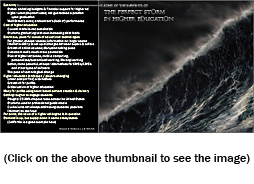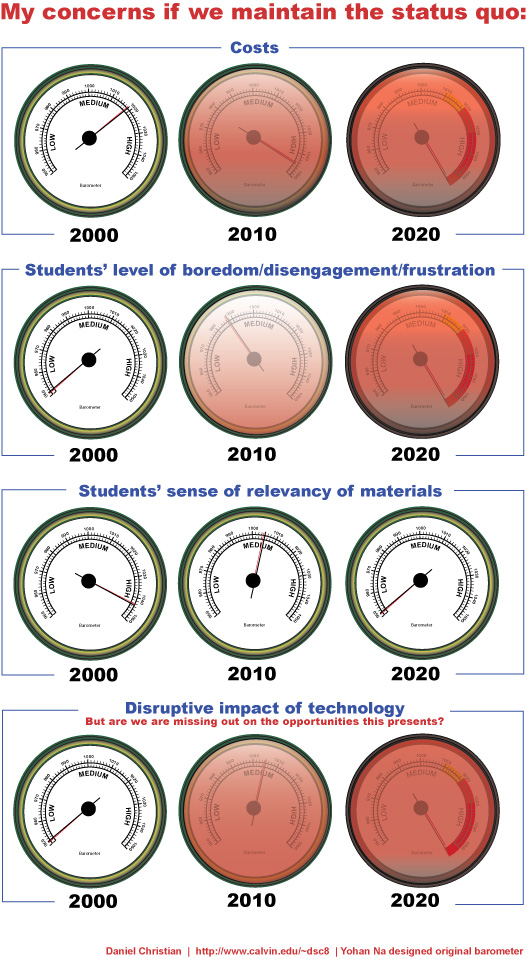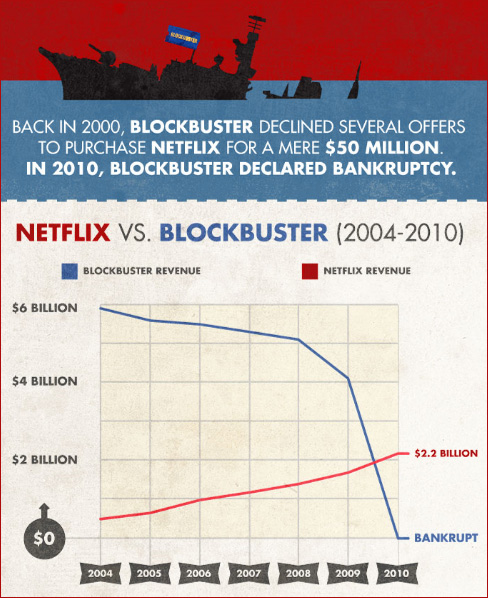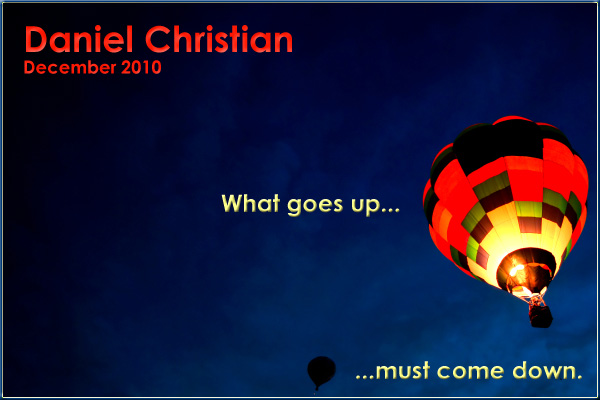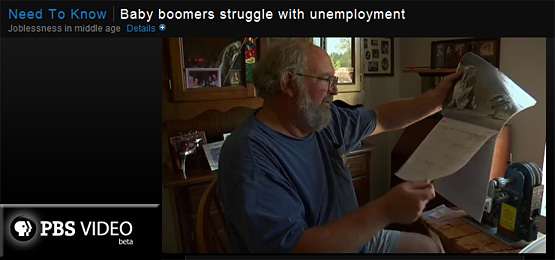Closing the loop in education technology — from The Journal by David Nagel
Excerpt:
K-12 education isn’t using technology effectively and isn’t investing nearly enough in IT infrastructure to enable next-generation learning. That’s the conclusion of a new report, “Unleashing the Potential of Technology in Education,” which called for a greater financial commitment to education technology and the adoption of a holistic, “closed loop” approach to its implementation.
See also:
From DSC:
We may continue to be disappointed in our overall results — even if we do bump up our ed tech infrastructure/investments — if we continue to use the same models/ways of doing things. That is, I wish we would move more towards a team-based approach and stop trying to load up our teachers’ and professors’ plates with tasks that they probably don’t have the time, interest, or training to do. Graphically speaking:
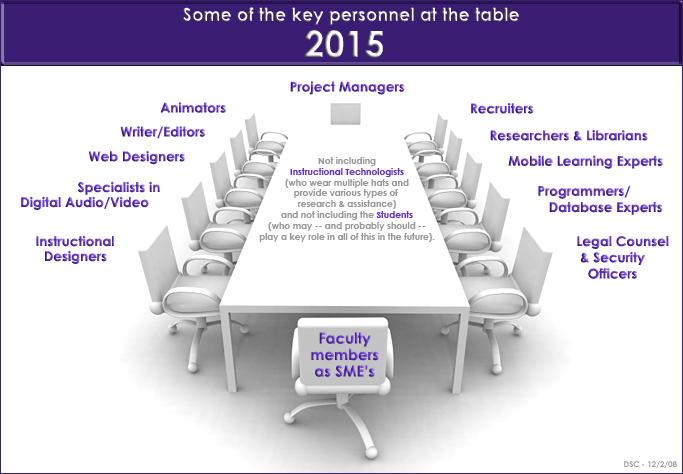
So…use teams to create and deliver the content — and allow for online tutoring from a team of specialists in each discipline. Like the healthcare-related billboard I kept driving by the other day said: “A team of specialists at every step.”









